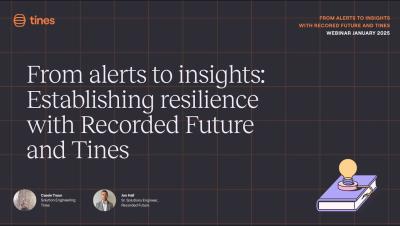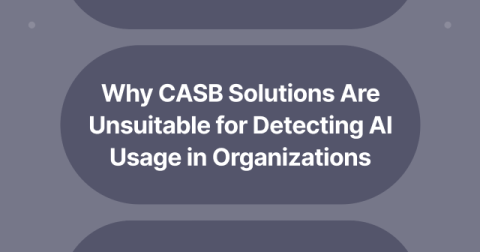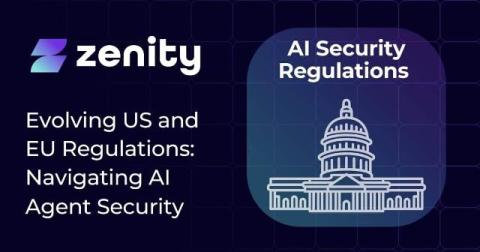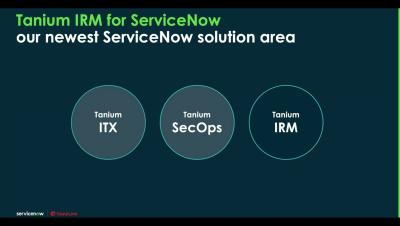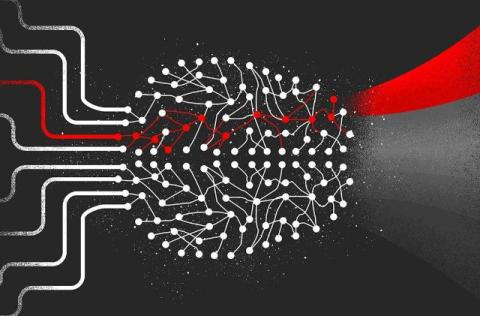From alerts to insights: Establishing resilience with Recorded Future and Tines
Today’s security teams are faced with an overwhelming volume of alerts and data, making it difficult to respond quickly and effectively. Join us as we explore how Recorded Future and Tines help security teams streamline threat investigations, enrich alerts with actionable intelligence, and accelerate decision-making. During the webinar, we covered: From alert ingestion to enriched data analysis and remediation, discover the ways Recorded Future and Tines equip teams with the information to make faster, more informed threat-related decisions.


